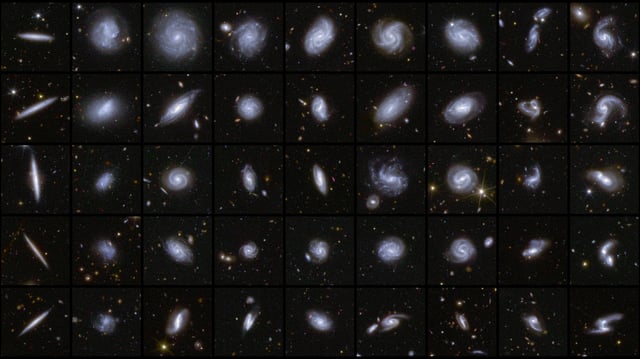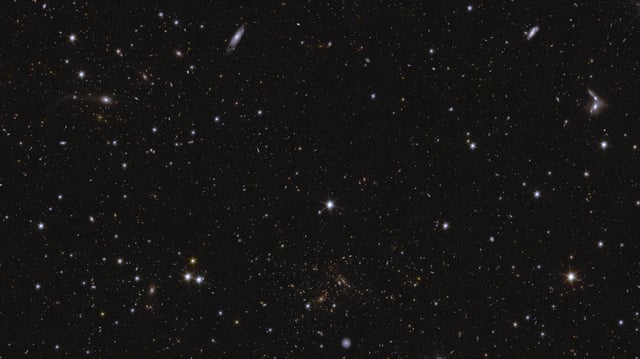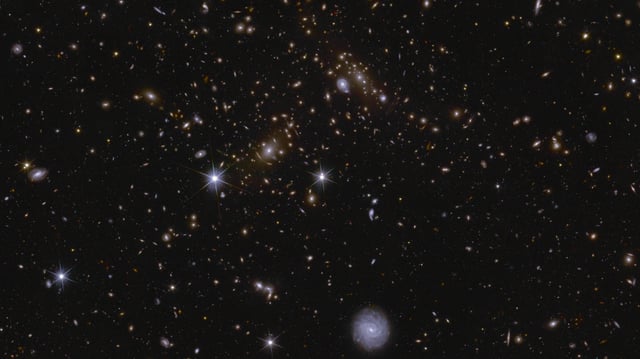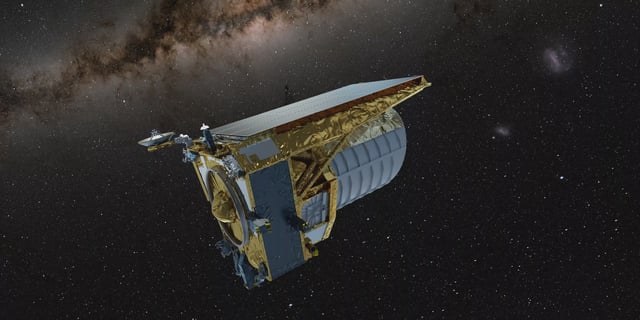Overview
- The initial data release includes observations of 26 million galaxies across three deep fields, covering 63 square degrees of the sky—just 0.4% of the total survey area.
- Researchers identified 500 strong gravitational lensing candidates, doubling the number previously known and providing new tools to study dark matter.
- The dataset hints at the large-scale structure of the universe, known as the cosmic web, shaped by dark matter and dark energy.
- AI and citizen science played a crucial role in processing the data, classifying 380,000 galaxies and identifying rare phenomena like double gravitational lenses.
- Euclid's six-year mission aims to map 1.5 billion galaxies, with the next major data release planned for October 2026, covering a much larger area.



